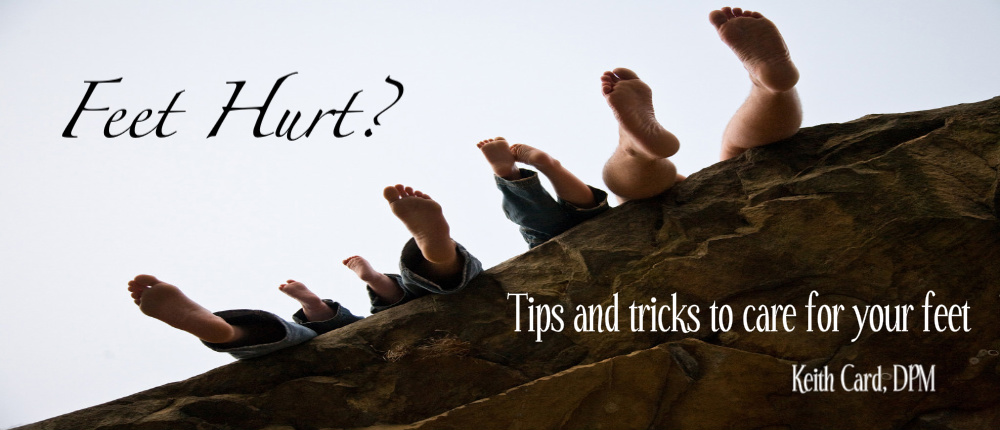The common design element among the 15 or so brands currently marketing these “toning shoes” is a rocker sole which induces an element of instability. This instability theoretically requires the wearer to activate more muscles and thus provide greater health benefits than walking in traditional shoes.
The rocker sole is certainly not a new concept. Doctors and therapists have been using shoes with a “rocker” type sole for decades in treating various foot ailments. It is only in the past decade that these types of shoes have been marketed to the public. In fact the toning shoe is the fastest growing new trend in the shoe market since the seventies and has expanded to more than $1 billion annually in sales. This recent popular trend began with the introduction of the MBT brand of shoes.
MBT (Masai Barefoot Technology) is a Swiss company formed after an engineer observed the Masai Tribe in northern Africa and noted a lack of foot problems among the tribe despite a general avoidance of shoes. His theory that the rolling walk in soft sandy soil native to the area where this tribe walked was the key to their foot health. He designed the sole of his shoes to mimic this type of walking. Since people in developed countries typically walk on much harder surfaces, MBT created a shoe to incorporate a soft curved sole that mimics the walking pattern of the Masai in soft dirt. MBT was the first to popularize the toning shoe and with a $100-300 price tag, other shoe manufactures saw huge potential profit margins. Many shoemakers jumped into this new market and developed their own models backed by enormous advertising budgets making claims that make Dorothy’s ruby slippers seem much less magical by comparison.
The current science reveals a little less steam than in Kim Kardashian’s recent Super Bowl commercial for Sketchers Shape-ups.
The scientific studies are very mixed on the benefits of toning shoes. First, several researchers have investigated the claims of increased muscle activation. The American Council on Exercise found no increased muscle activity in toning shoes while other studies conducted by shoe manufacturers have shown small increases in muscle use. Scientists have also looked at the second and likely more important issue of balance and instability while wearing this type of shoe. There is consensus among the research that toning shoes do impact balance and that wearers of them tend to be less steady on their feet. This could be considered a benefit to some and a potentially severe risk to others. A third area of research is the effect toning shoes have on joint motion where considerable evidence indicates that these shoes do slightly change the amount of motion in the hip, knee, ankle, and other foot joints. What the joint motion studies cannot say is if the change in motion is beneficial.
So what does this research mean for you? First, the claimed benefit of easy weight loss and getting into shape through new or increased muscle activation without effort is hype. Those calories must still be worked off. The potential weight loss benefit from increased muscle activity will likely wane after getting used to walking in these shoes. The second issue of balance is a critical one. Anyone at risk for falling should never wear this type of shoe. Several class action lawsuits are currently pending for severe injuries sustained in toning shoes. The third issue of joint motion increased by toning shoes is specific to each individual. If you already have arthritis in a particular joint and a shoe increases the motion there, that can substantially increase your pain. However, if a certain shoe minimizes the motion in an arthritic joint, this may decrease pain. Because each model of shoe has a different rocker pattern and each patient has individual needs, it is impossible to make generalizations whether or not the changes in joint motion will be detrimental or beneficial.
In summary there are potential benefits along with some substantial risks from wearing toning shoes. It is important to remember that there are no shortcuts to good health. Regular exercise and a healthy diet are much more important than what you have on your feet. Check with your doctor prior to starting a new exercise program or if you have pain while walking. While there may be some benefit to wearing toning shoes, care must be taken both in wearing them and in believing all of those fantastic claims.
